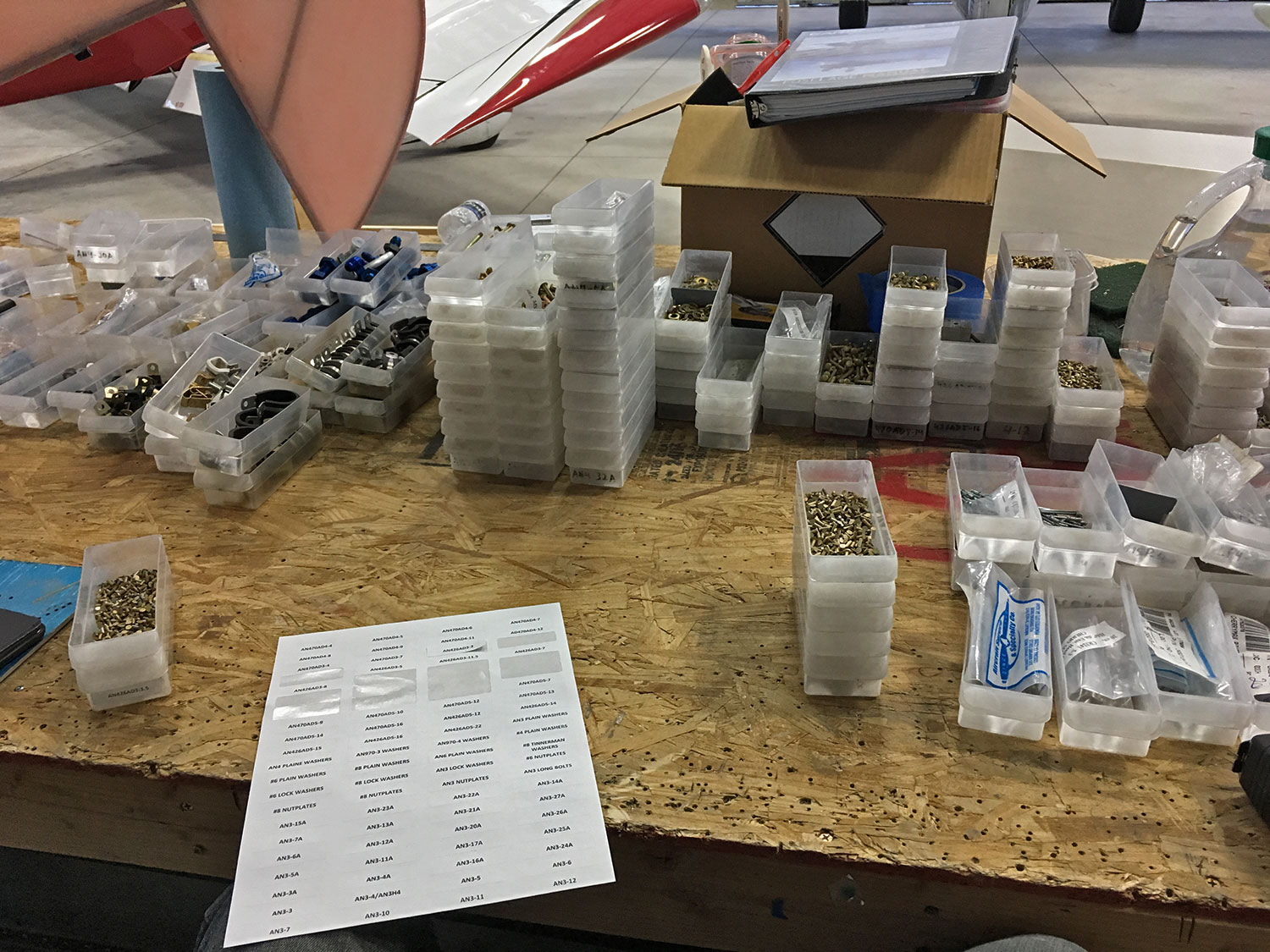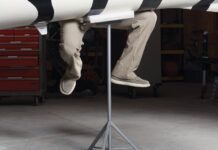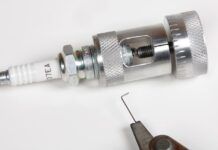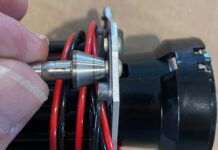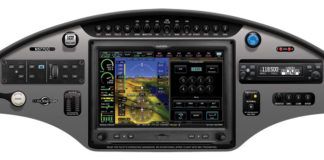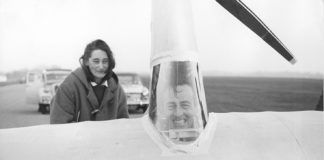There comes a time when you realize that your assortment of aircraft hardware has reached a point where you have to hunt and peck your way through every drawer to find what you want – when the shear variety of nuts, bolts, rivets, and what-nots have exceeded your personal memory capacity, and it takes longer to hunt something down that it does to figure out what you’re looking for. When you reach that point, its time to make some labels!
Modern computers and printers make the physical act of labeling much easier (By the way, those seemingly standardized drawers take a return address label, Avery #8167, pretty well), but you still have to sit and identify what’s in each box in order to make a list that you can input in to the computer, and that takes some time, a handy black book of aircraft hardware, a bolt gauge, and the Aircraft Spruce catalog.
For me, the tipping point came with a move in to a new shop we built attached to our hangar, which has been doing double duty as airplane home and workshop for a number of years. Let me tell you folks, building in your hangar might sound romantic, but its a lot easier in a dedicated space. I’ve done it both ways, and clearly the best option for me is a workshop space separate (but attached) to the hangar. Airplanes are big, annoyingly shaped objects, and trying to work around them to find various bits and pieces of hardware and tools to get a job done adds to your build time as well as your frustration level.
But sorting hardware is tedious, so its necessary to take a break now and again. But the break’s over, so I better get back to work.

